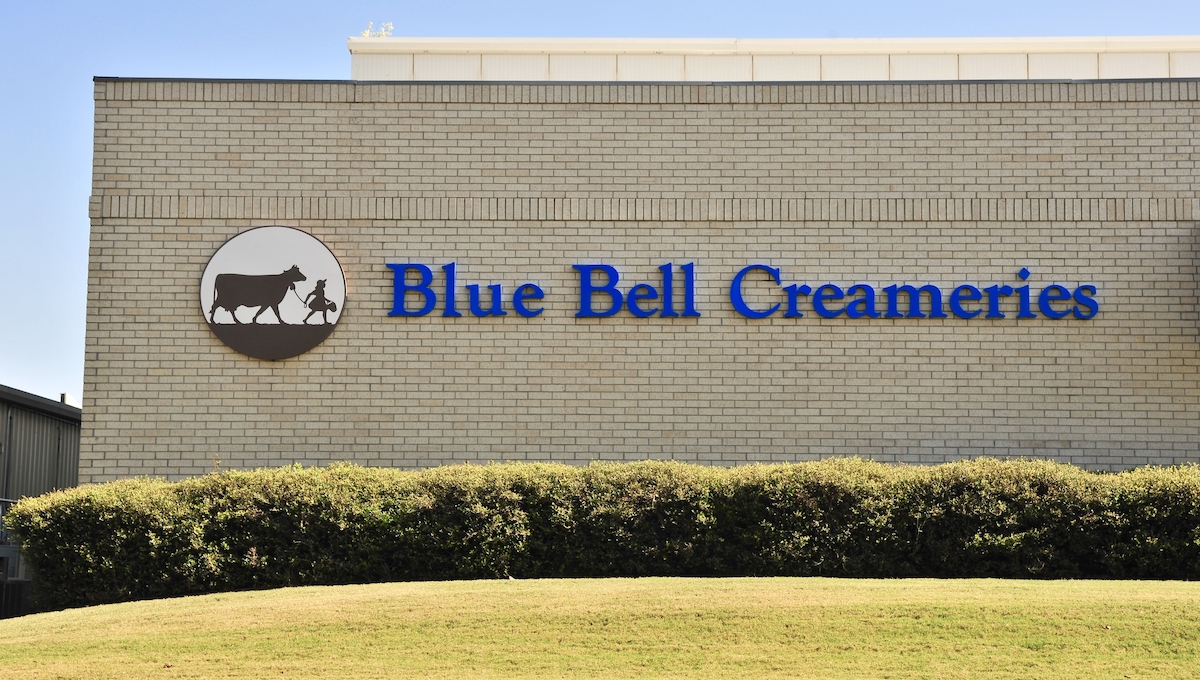— COMMENTARY —
The jury is hung. The judge declared a mistrial. The prosecution can try again, but it isn’t required.
We could leave it there. As one famous Texan said, it might be the prudent thing to do. But what fun would that be?
We’ve been covering the United States v. Paul Kruse from the first time. And we covered the 2015 listeriosis outbreak that the case comes from in real-time.
So my sharing some after-action thoughts should be worth the risk. First, our publisher Bill Marler made an essential point to a Reuters reporter. He said there seems to be “no particular rhyme or reason” why prosecutors charge some food executives with felonies, others with misdemeanors, and others with nothing at all.
That’s from the nation’s top lawyer for foodborne illness victims who has been in the business for 30 years. If he cannot figure it out, can anyone in the food industry?
One thing the Texas trial was not was the “banality of evil“ that was on display in the 2014 jury trial in Albany, GA, that put away the Parnell brother for a long time. They knew about deadly pathogens in their peanut products, tested for them, and shipped their products knowing they had tested positive.
That wasn’t the fact pattern for the government’s case against Paul Kruse, the retired president of Blue Bell Creameries. He wasn’t charged with knowingly putting adulterated food into interstate commerce.
And this might be an excellent place to say that there are intelligent lawyers on both sides of the United States v. Paul Kruse. Kruse was trying to save his family’s company in crisis, but he was not trying to poison his customers. Charges were essentially financial, conspiracy, and fraud.
This Texas jury is also worth a word or two. The Western District Court of the federal court system picked the jury in a session from 8:30 a.m. to 4:30 p.m.on Aug. 1. From 80 candidates came the 12-member jury with four alternates.
As I watched this proceeding, I was surprised at two things. One was how many prospective jurors wanted to talk to the judge and lawyers privately, and the second was how many had some opinion they just had to share with everybody.
It should have surprised no one that this jury managed to talk among themselves for four days and then hung themselves up with 10 favoring the acquittal of Paul Kruse versus two who found him guilty.
Next to the Texas jury, I think the biggest driver of this mistrial was the prosecution witnesses. If you were waiting for a “Perry Mason” moment from one of them, you were likely disappointed.
The prosecution did an excellent job rounding up upset people because Kruse kept a clamp on the information flow early in the outbreak. They were from institutions like school districts and retailers like Walmart.
During the cross-examination of these witnesses, defense attorney Chris Flood would ask if that person’s constituency — school kids or retail customers — got sick or if Blue Bell had fully compensated them with credits or cash reimbursements.
In every case, the prosecution witness would say there was no harm, no foul. Those answers had the effect of cutting the legs out from under the financial circumstance of conspiracy and fraud.
The first time the government brought this case in 2020, it was tossed because it had not been brought before a Grand Jury. The government did get the Grand Jury indictment within the 5-year statute of limitations.
The conspiracy and fraud charges trial went 10-to-2 against the government’s position. Still, the government is entirely within its rights to bring Kruse to a second jury trial.
For the food safety community, there is also the “bright line” case we want as a future standard. Is this it or not?
(To sign up for a free subscription to Food Safety News, click here)

